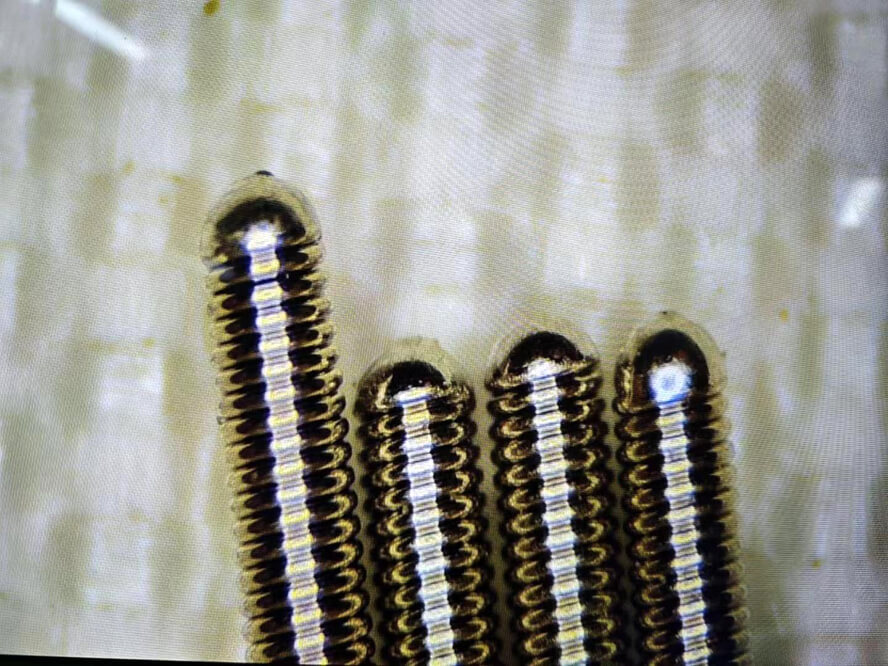Usage Guidelines (Instructions) for the Micro-Beam Plasma Welding Machine:

The Micro-Beam Plasma Welding Machines are specialized equipment for high-precision welding applications. To ensure that the machine operates with the highest quality, precision, and safety, the following precautions must be observed:
- Safety Precautions: Always wear appropriate Personal Protective Equipment (PPE) including flame-resistant clothing, welding helmets, and gloves. Ensure a well-ventilated workspace to prevent the accumulation of gas and fumes. Make sure the area is free from flammable materials and that emergency evacuation plans are in place. Operators should be familiar with the location of fire extinguishers and other firefighting equipment.
- Machine Setup: Before operation, staff should be well-acquainted with the machine settings and the user manual. Inspect the machine for any irregularities, ensuring regular calibration and maintenance, and verifying that all cables and pipelines are securely connected and in good condition.
- Pre-welding Preparations: Before welding, examine the surfaces of the workpieces to be welded. They should be clean, free from contaminants like oil or gaseous residues. Ensure the workpieces are securely and correctly fixed in place. Check that the correct and sufficient welding material is used, and that the chosen shielding gas is appropriate and available in sufficient quantities.
- Setting Welding Parameters: Based on the material, thickness, and other welding requirements, set appropriate welding parameters such as current, voltage, and travel speed. Deewi Automation’s high-quality welding power source offers excellent arc stability, crucial for achieving superior weld seams. An unstable plasma arc can lead to uneven welding, bead buildup, and other defects, potentially damaging the welding equipment and reducing the lifespan of nozzles, electrodes, and control systems.
Proper air pressure settings are vital; regularly check and maintain air filters, pressure reducers, and ensure air lines are free from blockages and contamination. Low pressure might require the replacement of solenoid valves or air lines, resulting in a diminished plasma arc velocity, poor weld quality, and incomplete fusion. High pressure can disperse the arc, reducing its energy density, impacting weld quality, and reducing material utilization.
A stable and appropriate welding angle and torch movement significantly affect welding quality. Manual welding requires experienced operators with specialized training. - Post-welding Procedures: After welding, inspect and clean the welded workpieces, removing any slag or spatter. If necessary, grind and polish the workpiece. Regularly inspect the weld seam for defects like pores, cracks, or non-fusion using visual checks. Employ non-destructive testing methods, like X-ray or ultrasonic testing, to periodically validate the welding quality. Document all relevant data, such as welding parameters, quality checks, and test results after each welding session, aiding in future parameter optimization and ensuring traceability.
Deewi Automation has always been dedicated to the research and application of Micro-Beam Plasma Welding technology. Our latest generation of Micro-Beam Plasma Welding Machines has been widely praised by customers for their excellent cost-performance ratio and welding quality. If you’re interested in the Micro-Beam Plasma Welding technology, we’d be delighted to discuss it with you.
